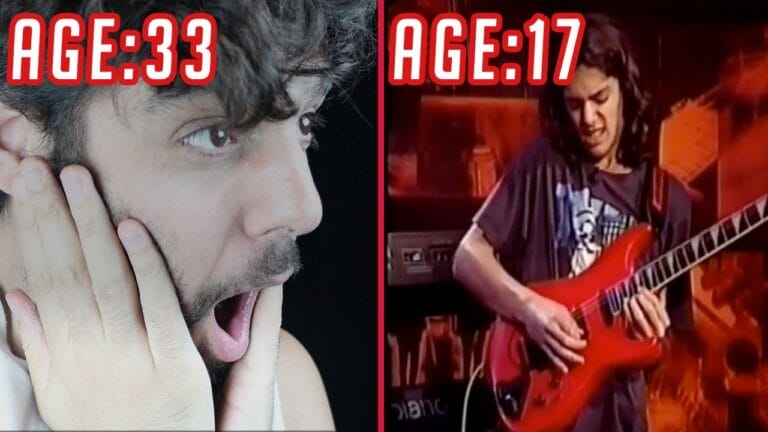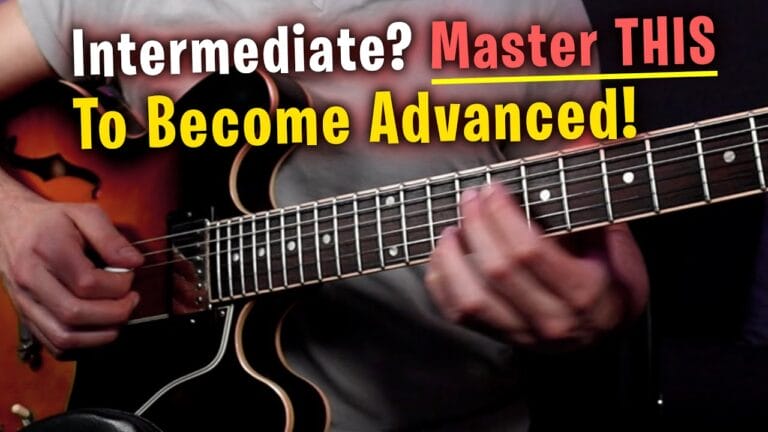Apply These 4 musical concepts to any scale!
First and foremost, it’s important to understand that creating musical statements is not just about memorizing scales and patterns, but about knowing how to use them in a creative and expressive way.
This means thinking in terms of chord tones and non-chord tones, using motifs and variations, having a good sense of rhythm and phrasing, and being open to experimentation and exploration.
Let’s dive deeper into each of these techniques,
Chord Tones and Non-Chord Tones:
Chord tones are the notes that belong to the underlying harmony of a song, while non-chord tones are those that fall outside of the chord. By emphasizing chord tones on strong beats and using non-chord tones to create tension and release, we can create melodies that are harmonically interesting and musically satisfying.
Motifs and Variations:
A motif is a short melodic idea or pattern that can be repeated or developed throughout a solo, while variations on that motif can add interest and complexity. By using motifs and variations, we can create melodies that are both cohesive and varied.
Rhythm and Phrasing:
Having a good sense of rhythm and phrasing is essential for creating compelling and expressive melodies. This means understanding how to use different rhythms, articulations, contour, contrasts, and accents to create a sense of story, groove and forward motion in a melody. It also means understanding how to phrase melodies in a way that makes sense musically, with appropriate pauses, breaths, and dynamic contrasts.
Experimentation and Exploration:
it’s important to be open to experimentation and exploration. While having a solid foundation in theory and technique is important, it’s also important to be willing to take risks and try new things. This might mean incorporating unexpected harmonies, using ‘unusual’ scales or modes, or experimenting with different rhythms and phrasings.
Now that you understand the key techniques and approaches involved in creating musical statements from scales, it’s time to put them into practice. In the video provided, I demonstrate four different phrases, progressing from basic to advanced, that you can incorporate into your playing. These phrases use a variety of techniques, from basic diatonic movements to more advanced intervallic and harmonic concepts.
Remember, the key to mastering the art of creating musical statements from scales is practice, practice, practice! Play these phrases in different keys and positions on the neck, and over different tunes, to truly master them. And if you’re looking for more resources to help you on your journey, check out my online programs for additional content and courses.



















